Neither a compact television set or super-sized screen, the 55-inch TV is that middle-ground between sheer size and practicality.
You'll get more of a home cinema experience with one of the 65-inch TVs out there, but a 55-inch is still sure to adequately showcase your films and shows without quite taking up every inch of space in your living room – and every penny on your paycheck.
Getting a 55-inch set won't always mean the very latest or greatest tech, but you don't have to pay top prices either, so it's a nice balance between the huge 65-inch models and the smaller 40-inch TVs that are currently on offer at the smaller end of the scale.
If you've already set your heart on a new 55-inch TV, or we’ve managed to talk you round to the idea, then don’t worry about finding one with the basics. Most 55-inch TVs on the market at the moment will support 4K resolution, HDR and built-in smart TV services. Unless you're looking at an old or extremely cheap model, you should find at least one of these features (and usually all three).
So to make your decision about which 55-inch 4K TV to buy, you’ll need to focus on which particular model you want and how much cash you're willing to part with to revamp your home entertainment setup.
You'll also need to consider whether you'd prefer the unrivalled brightness of LCD or the cinema-beating black levels and contrast of an OLED.
We know, there's a lot to think about. But we're here to point you towards some of the best 55-inch 4K TVs available to buy. All the sets listed below have been tried-and-tested by our expert reviewers, and you can click through to read the full reviews for more about the pluses and minuses of each model.
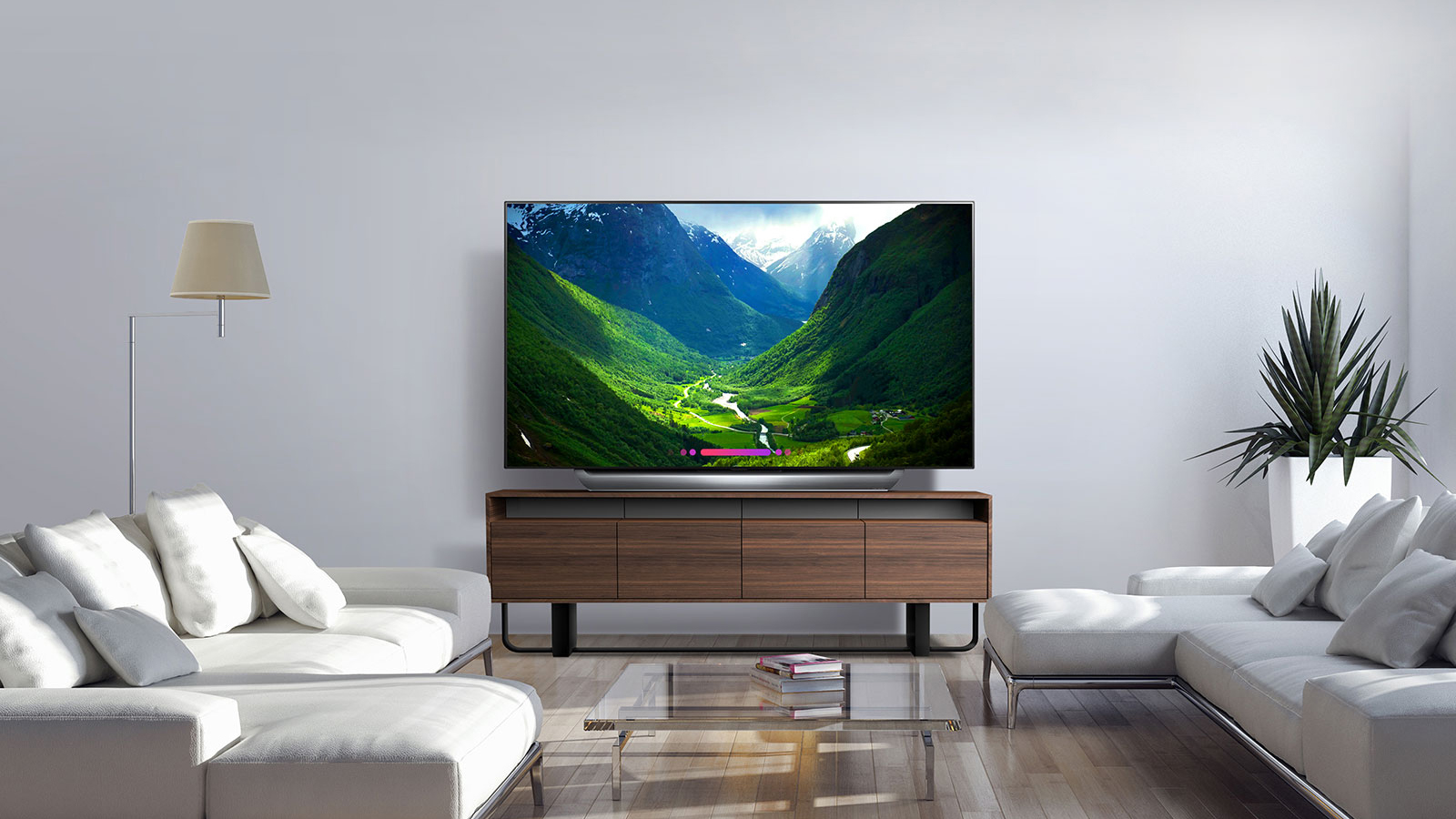
There is a clear winner in the 55-inch 4K TV game, and it’s the LG C8 OLED – available in a 55-inch version as well as a 65-inch. This year's TV offers a boost on the hardware side compared to last year's C7, with a new Alpha9 Processor boosting the TV's High Frame Rate content and offering a significantly larger Look Up Table (LUT) to help the TV more accurately re-create images.
While there are other OLEDs worth considering in 2018 (see: Sony's A1E OLED or LG's B8 and E8), we think this is the best 55-inch 4K TV for the price.
Read the full review: LG OLED55C8

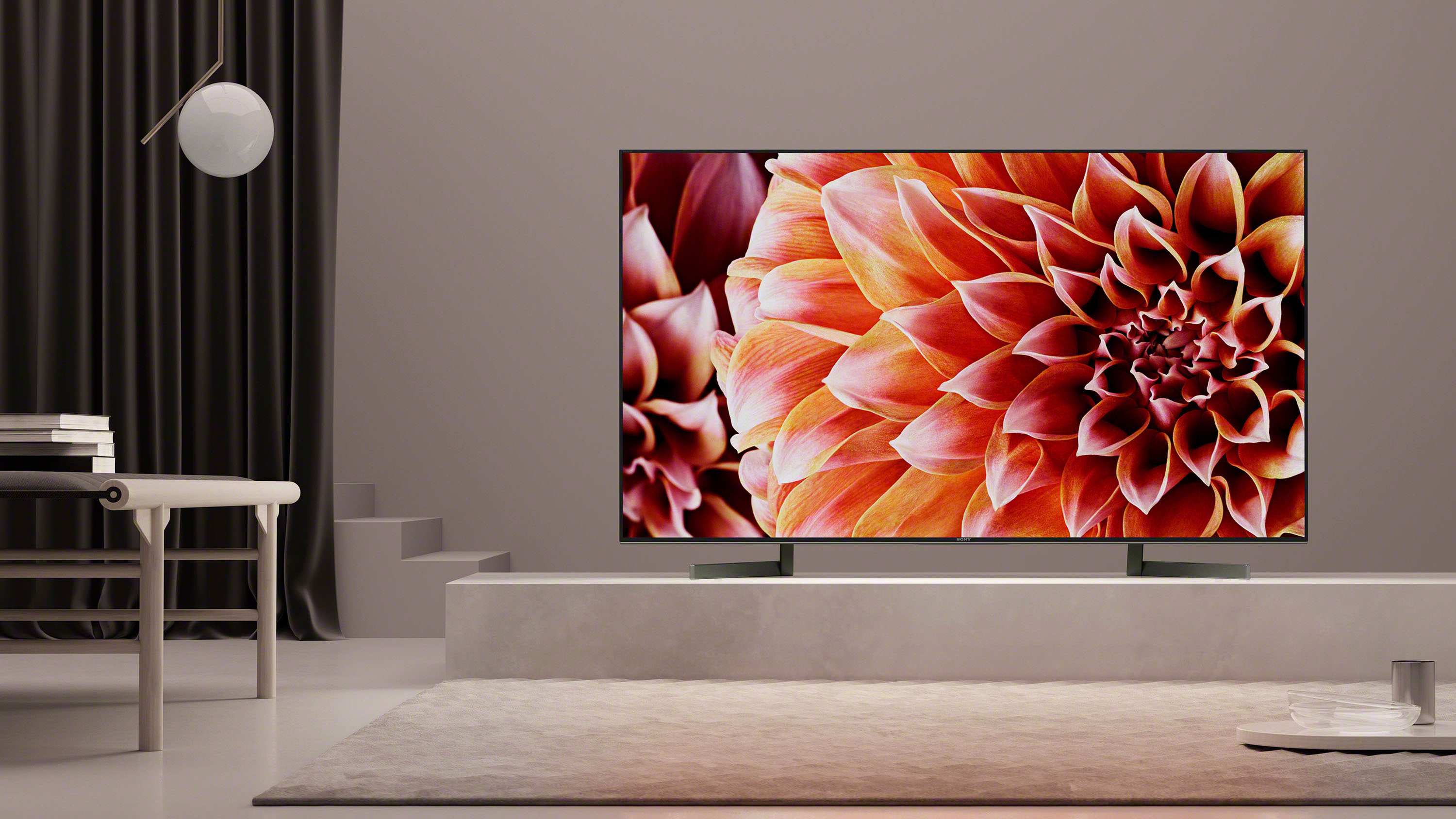
This was the first 2018-series high-end TV we reviewed, and we were immediately impressed.
The Sony XBR-55X900F is an LCD TV, but in most conditions you get OLED-like black performance thanks to excellent local dimming with minimal halo-ing.
This year Sony has improved brightness and motion handling. It makes the most of HDR, and retains more detail when there's motion on screen.
The Sony XBR-55X900F is also significantly less expensive than most OLED TVs – you get top-end performance on a more sensible budget. Like the 2017's Sony BRAVIA XBR-65X900E the set uses Android TV, which is flexible but can feel slow at times. However, the balance of cost and image quality is spot-on.
In the UK this TV is knows as the Sony KD55XF9005.
Read the full review of the 65-inch version: Sony XBR-65X900F

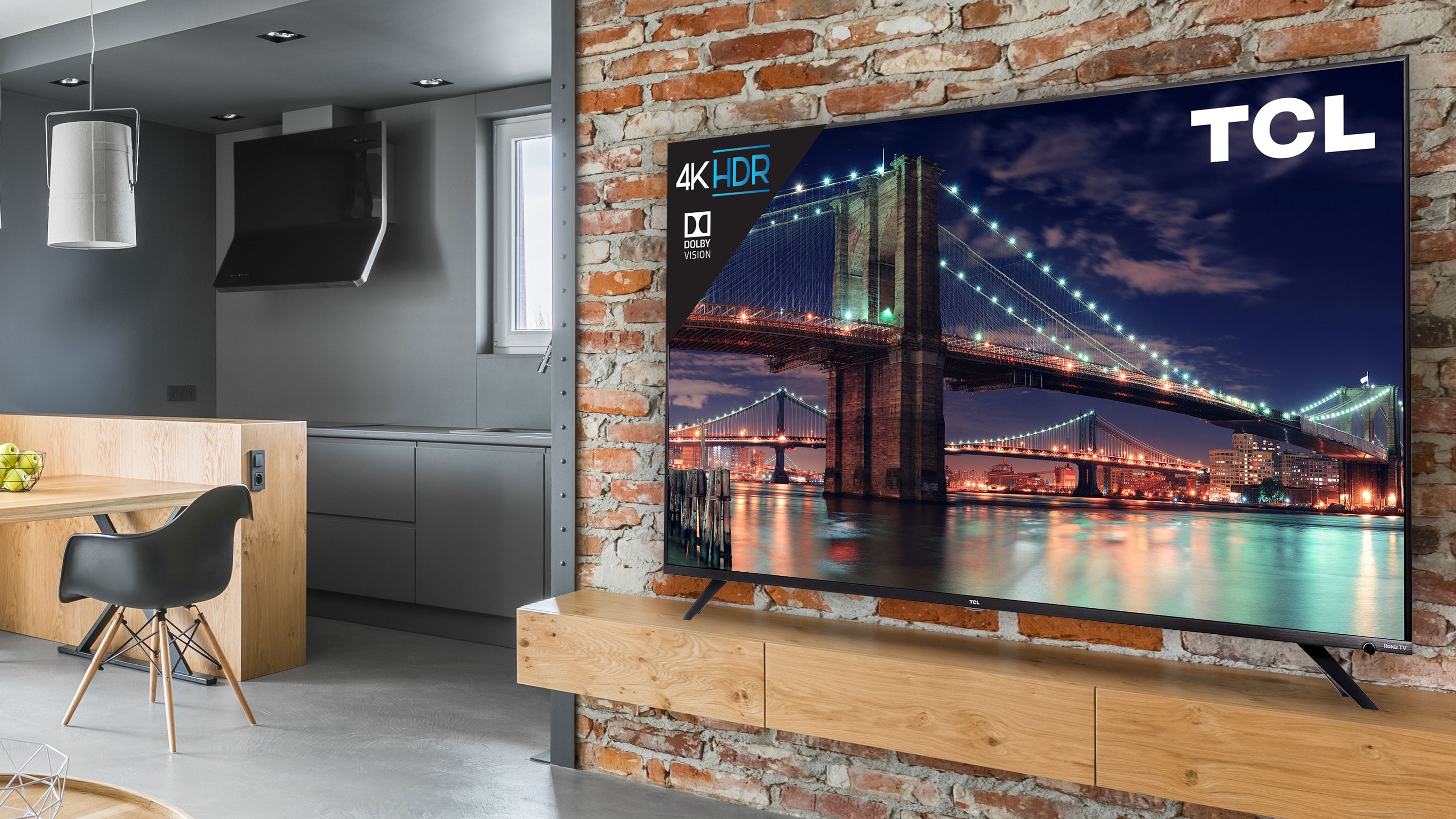
If you had deep pockets and a checkbook filled with blank checks, we'd tell you to reach deep and shell out for only the best TVs on the market – LG's crazy-thin OLED W8 or Samsung's ultra-bright Q9FN QLED. That's not really realistic, though. For the vast, vast majority of us, our budget to spend on a TV is limited to somewhere under $1,000 (and often less than that).
To that end, it's absolutely fair to say that the TCL 6-Series is the best TV you can possibly get in this price range. Its performance-per-dollar is unmatched, and its picture quality – despite a few minor flaws – will truly impress you.
Read the full review: TCL 6-Series (R615, R617)
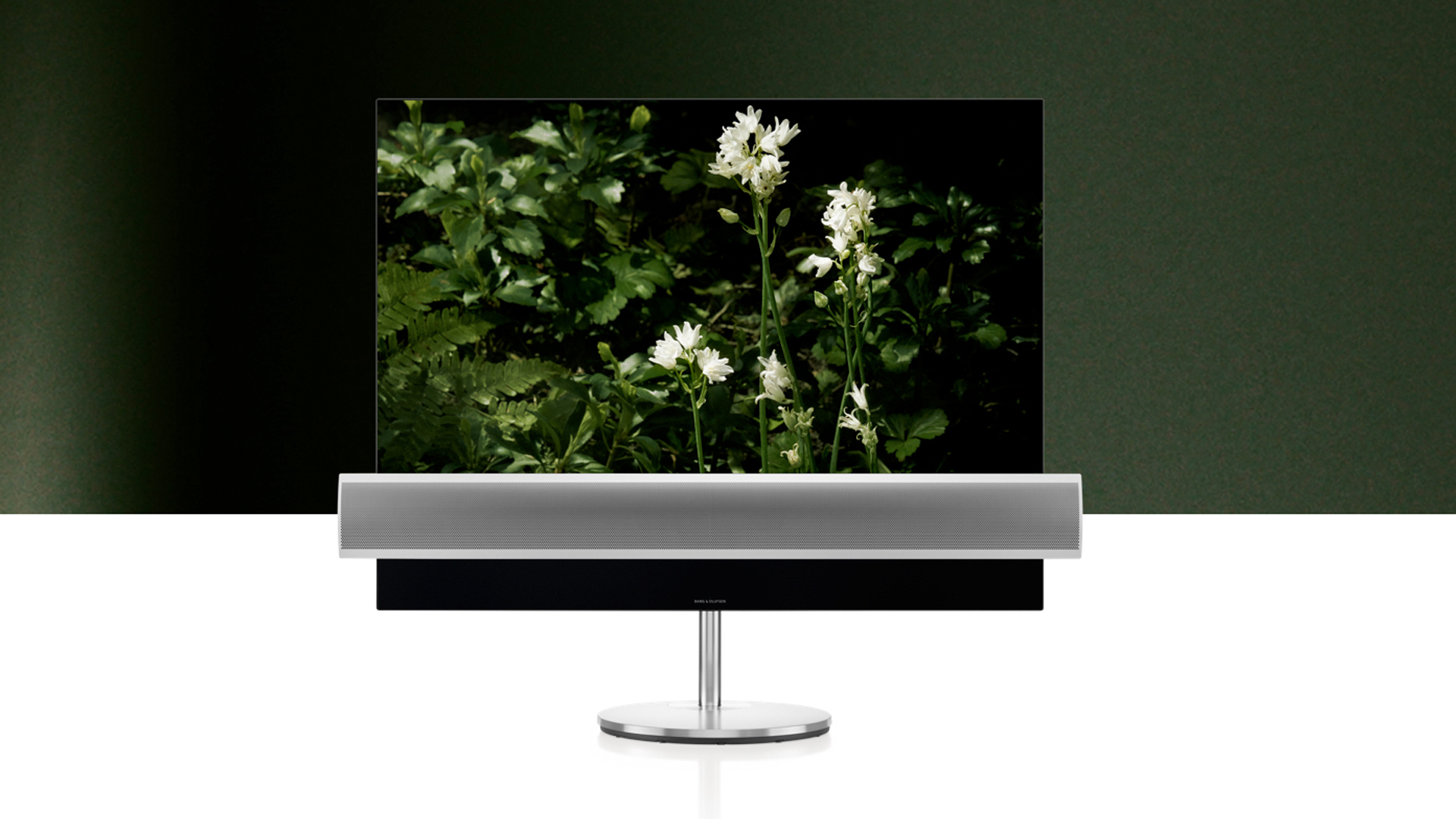
Buy a B&O TV and you don’t just get high-end image quality: the B&O BeoVision Eclipse is also a design statement.
It has an integrated 450W, six-driver soundbar and a motorized stand that lets you tilt the screen to suit your viewing position. It’s a stunning floor-standing TV (rather than one you mount on the wall).
The display itself is an OLED made by LG. You get the similar image quality and the same software, WebOS, as one of LG's own sets. That means perfect black and excellent color, if not quite as strong motion handling as the very latest high-end Sony LCD TVs.
If you're not bothered about the B&O magic sprinkled on the Eclipse, you'll see similar image quality with one of LG's latest OLEDs. However, this is one TV you can't just boil down to its image versus the price: it offers a different experience, and a different look, to any other TV out there.
The price? You'll need to cough up $9,995 (£7,495, AU$13,990).
Read the full review: B&O BeoVision Eclipse
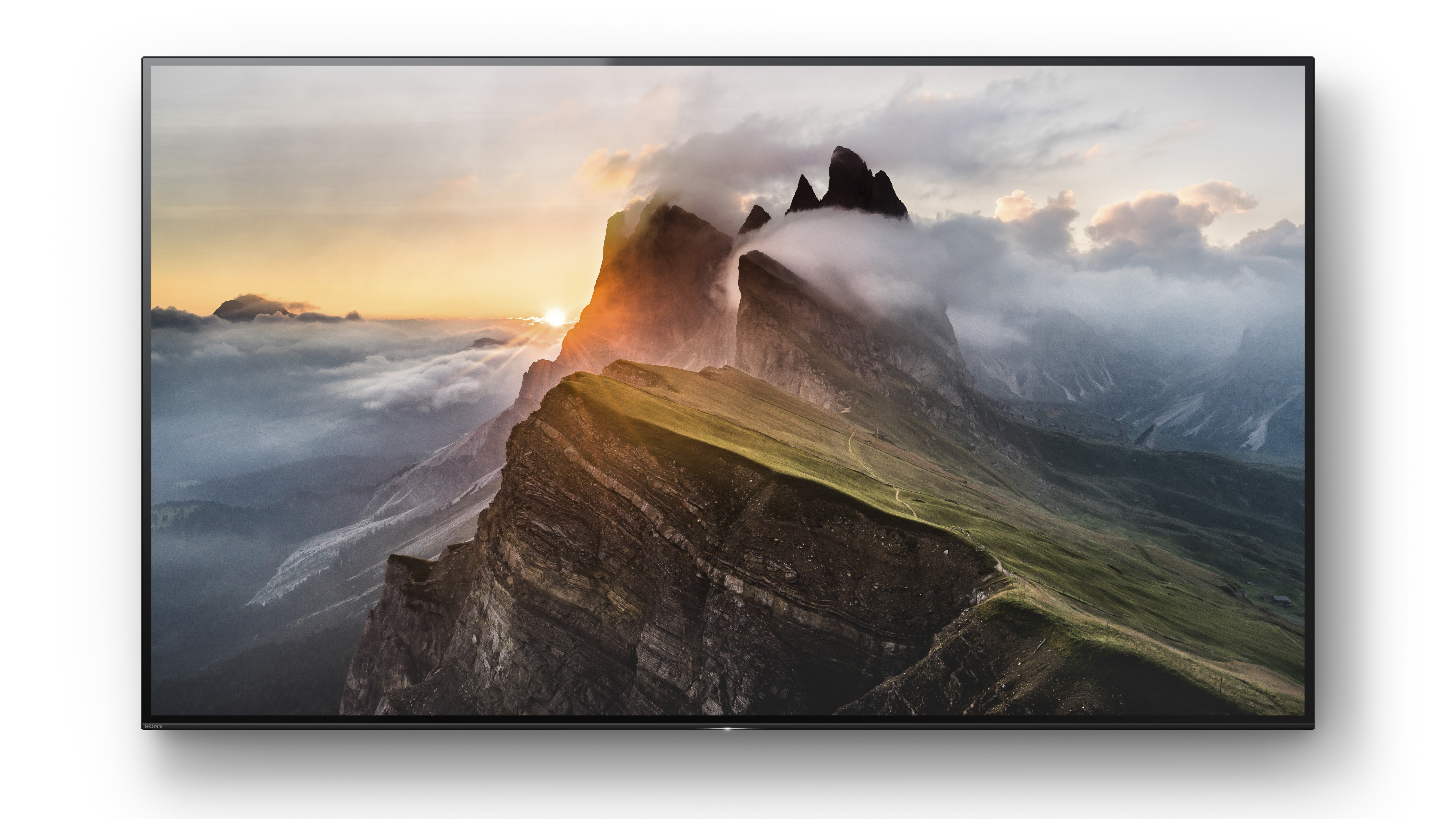
It might seem ludicrously expensive, but Sony’s 55A1E – and the A1E OLED series in general – are phenomenal devices in just every way imaginable. Their ‘picture only’ design has been gorgeously brought to life, somehow managing to be simultaneously subtle and dramatic. This set even delivers on sound performance through their unique screen vibration technology.
Where the A1E really shines, though, is its ability to deliver pictures that are beautifully colorful, rich in contrast and exquisitely detailed. These prove once and for all what we’ve long suspected: more manufacturers incorporating OLED technology can only be a good thing.
Read the full review: Sony Bravia OLED A1E

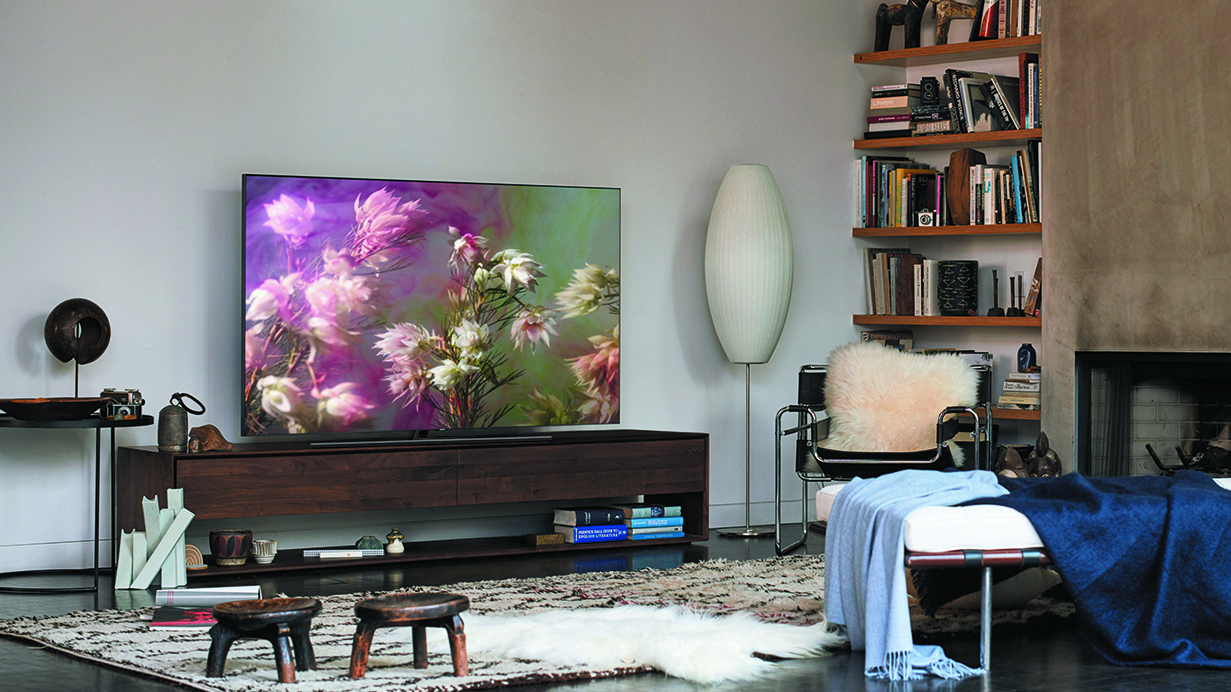
Samsung was the first brand to introduce an HDR-compatible screen way back in 2015, but it's not been sitting back and taking it easy since.
It's latest flagship, the QN55Q9F (QE55Q9FAM in the UK), is a perfect example of this. It ups the brightness to 1500 nits, 50% higher than the level required for UHD Premium certification, making it one of the brightest TVs we've ever tested, and a front runner in the 55-inch 4K TV category.
Outside of an impressive-sounding number, this brightness has a real impact on the set's image quality. Detail is preserved in even the brightest areas of the image, and colors are exceptionally vivid and bright. That means even non-HDR content looks fantastic thanks to Samsung's SDR upscaling technology.
No TV is perfect: the Q9F can occasionally suffer from some backlight clouding around bright objects, and some settings cause color striping in HDR colors, but in all other respects this is one of the best televisions around at the moment.
Read the full review: Samsung Q9F QLED TV

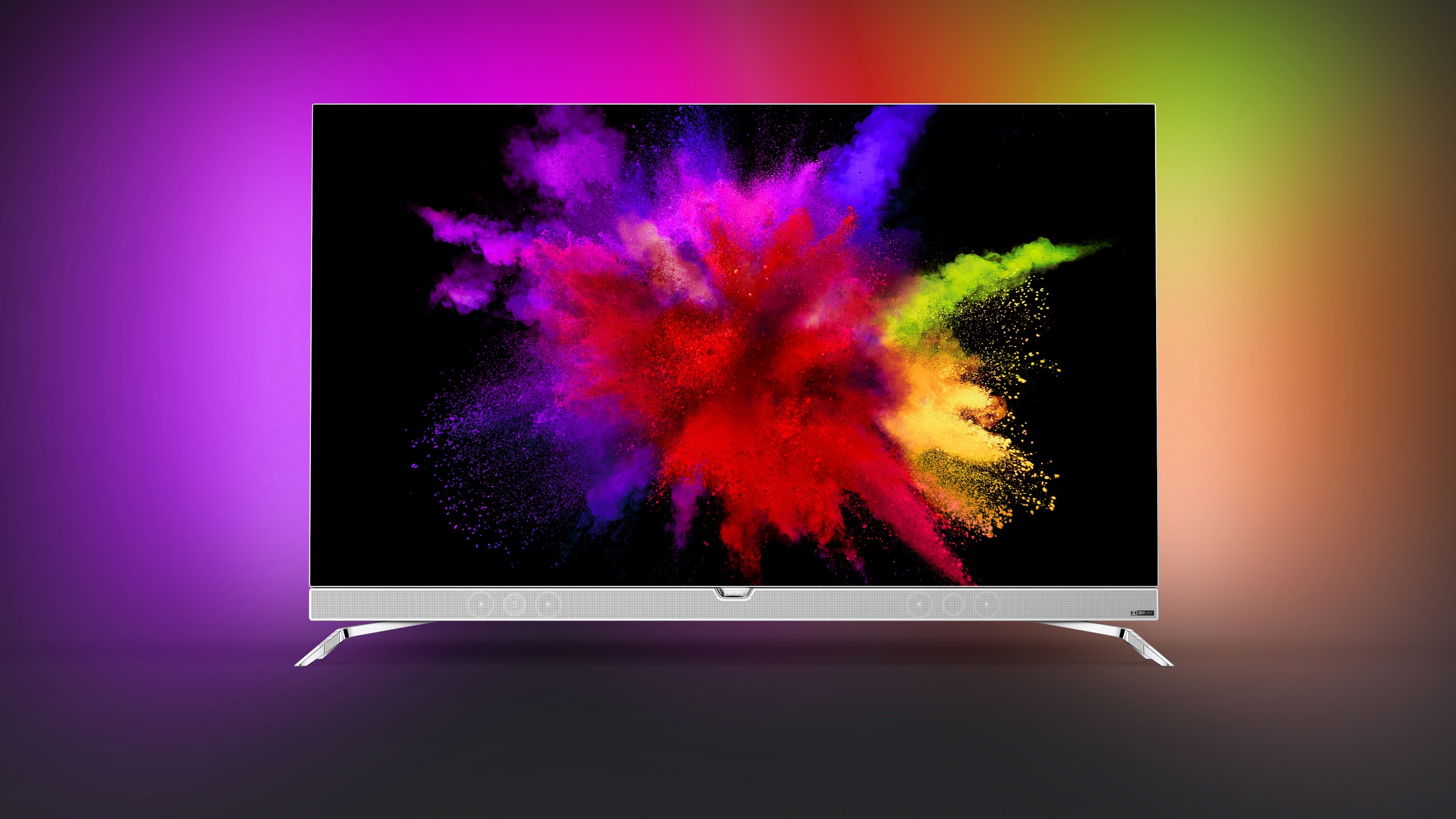
AV enthusiasts living in the UK have it good. Not only do you have access to great OLEDs from Sony and LG, but Philips and Panasonic each have their own line of infinite contrast screens that are exclusive to your neck of the woods.
Of them, one of our favorites is the Philips 55POS901F: a gorgeous-looking 55-inch TV built around an OLED panel. The screen makes a stunning first impression thanks to the radiance of its three-sided Ambilight system and the gleaming metallic purity of its bodywork.
It’s much more than just a pretty face, though.
By the time you've added to the 55POS901F's heady 4K HDR picture mix OLED's ability to be watched from wider angles than current LCD TVs, without losing color and contrast, you have on your hands one of the best TVs on the market, even in the especially competitive 55-inch screen space.
Read the full review: Philips 55POS901F

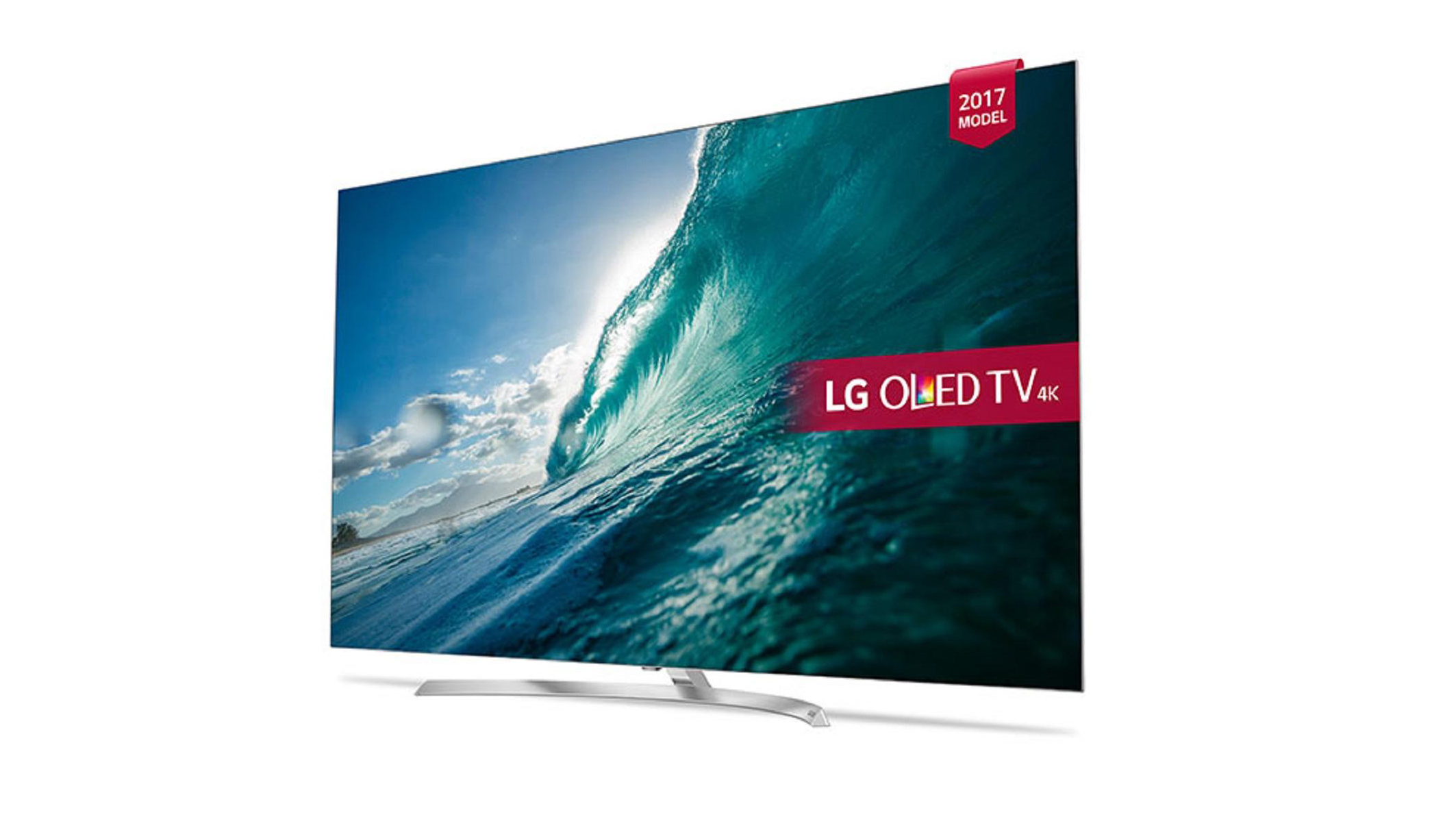
LG's 'B' line of OLEDs has consistently offered a great entry point into the display technology without compromising on what makes it so exciting.
And the B7 series is no different.
Contained within the TVs is exactly the same panel that's powering the more expensive C7, E7 and yes even the W7 LG televisions, which means an exceptional bump over last year's OLED panels at a much lower price.
So where has LG saved the money? In a word, sound. The B7's downward firing speakers are the worst of all the company's OLED TVs. At least LG has now added the ability to pass Dolby Atmos to an external sound system over HDMI, though this wasn't available at launch.
If you're content to put up with a standard surround sound experience, then the B7 is a fantastic entryway into a piece of TV tech that still feels futuristic in 2018.
Read the full review: LG OLED55C7


No comments